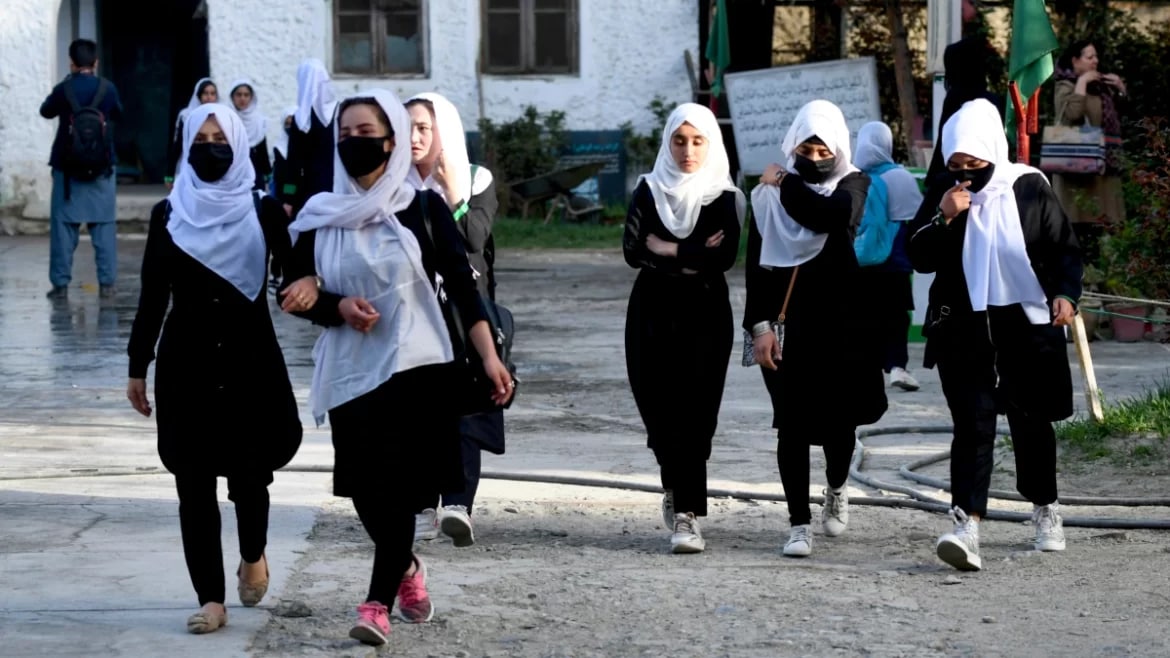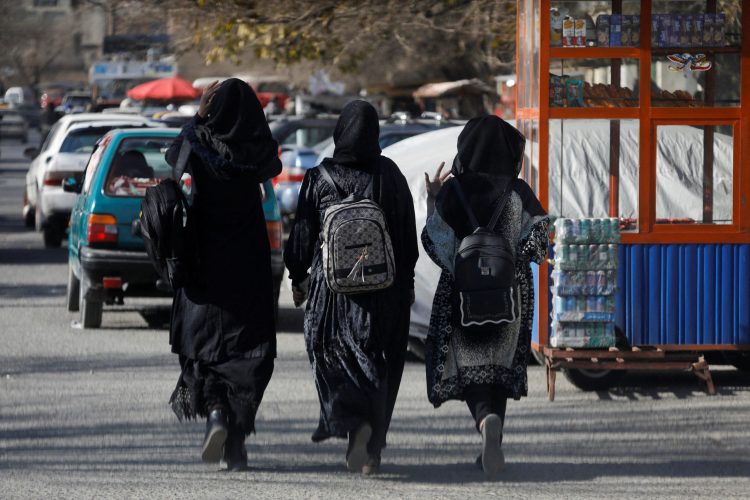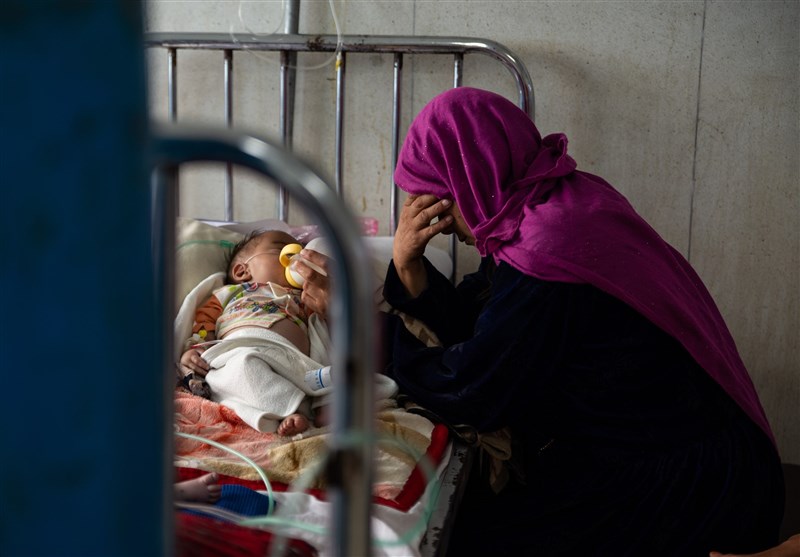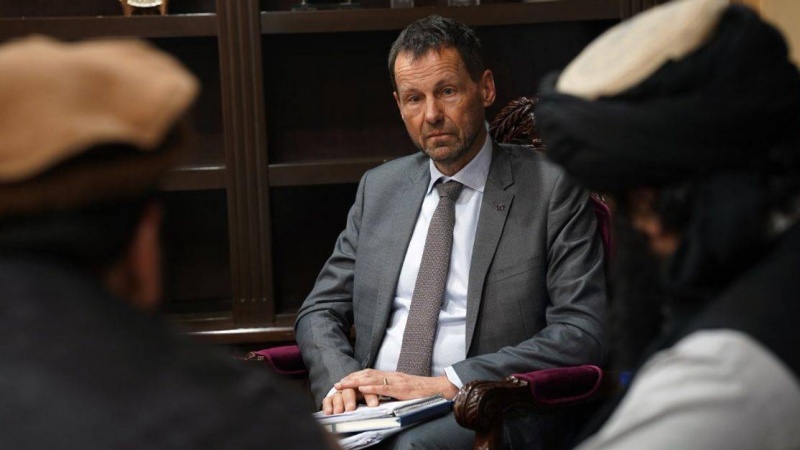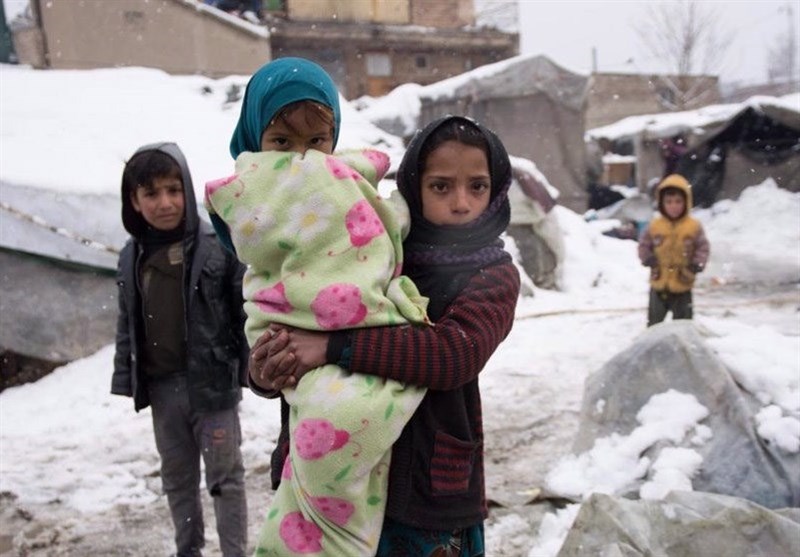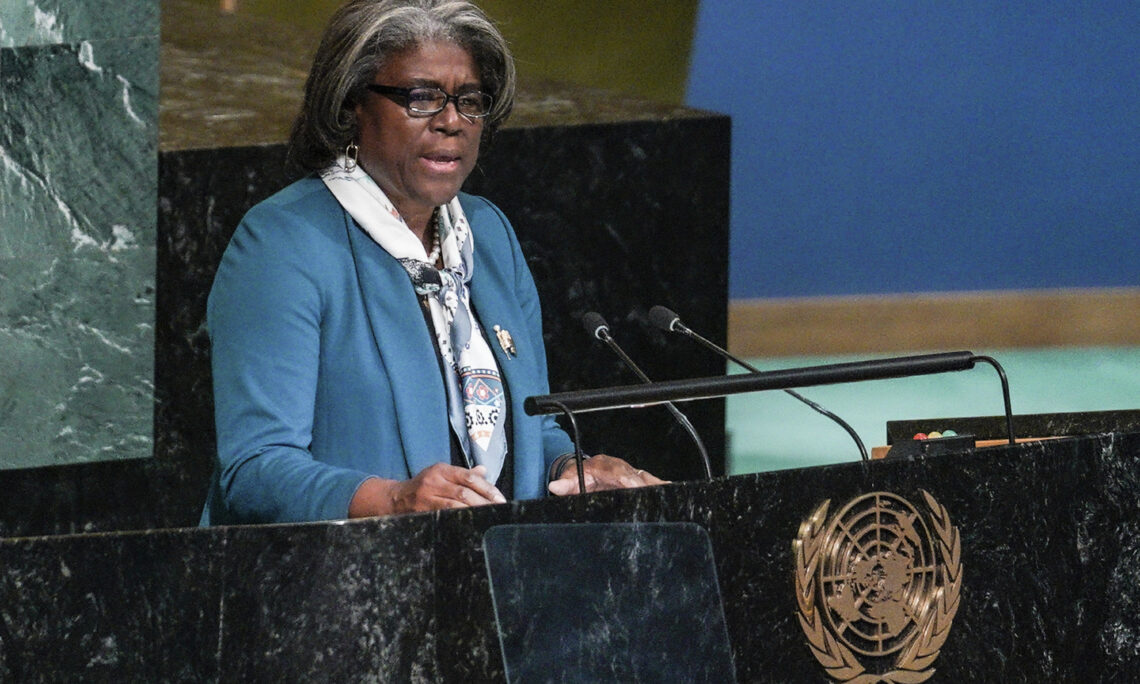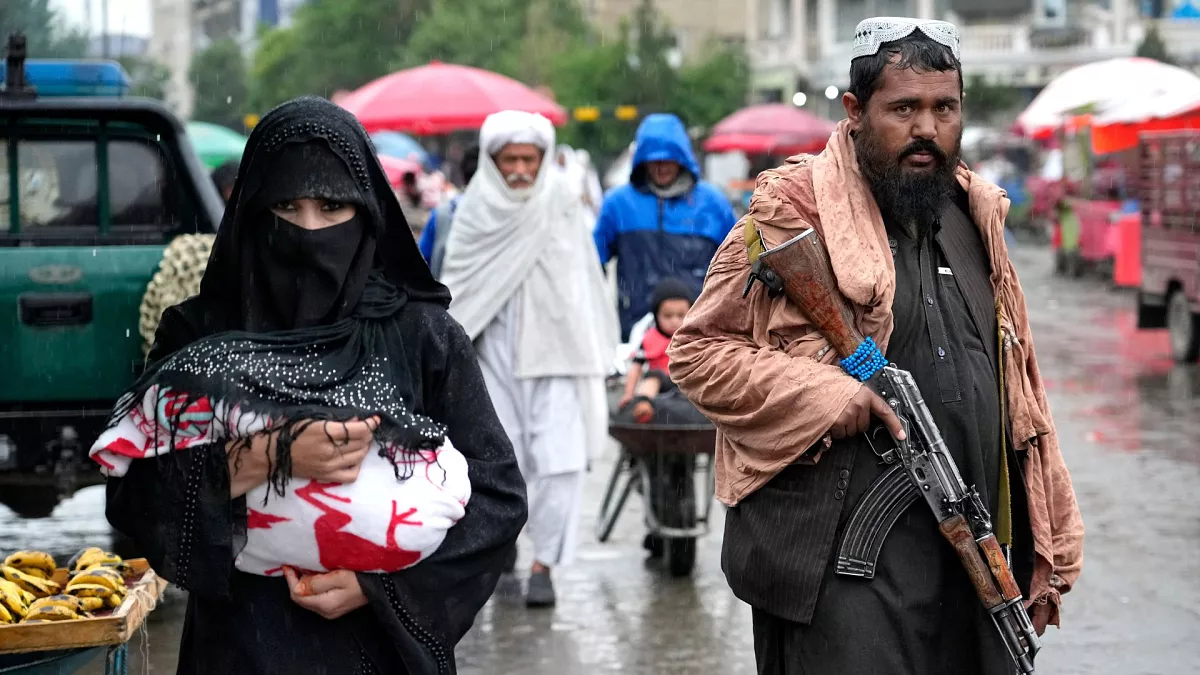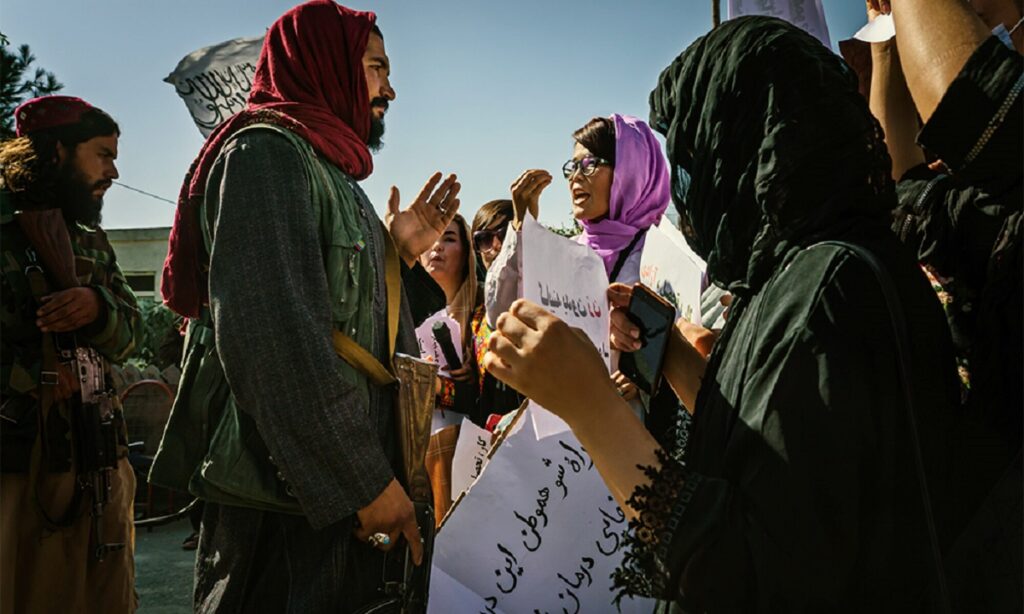
Rina Amiri, the U.S. Special Representative for Women and Human Rights in Afghanistan, has called on Afghan men, both inside and outside the country, to stand alongside their wives, daughters, and sisters and support a hopeful and sustainable future for Afghanistan. In an open letter marking the second anniversary of the ban on girls' education at universities and women's work in non-governmental organizations, Ms. Amiri stated that the world is facing a test regarding the women and girls of Afghanistan. She warned that if the world abandons Afghan women and girls, the rights of women and girls everywhere, far beyond Afghanistan, will be at risk. She believes that Afghan women and girls will ultimately prevail, noting that this is not the first time they have faced defeat in Afghanistan's history. In part of her letter, Rina Amiri emphasized that to ensure the superiority of Afghan women and girls, collective support for them is essential. The U.S. Special Representative for Women and Human Rights in Afghanistan said that Afghan men, both inside and outside the country, must stand beside their wives, daughters, and sisters (Afghan women) to support a hopeful and sustainable future for the country. Additionally, she wrote that the international community must continue to prioritize human rights, especially the rights of women and girls, in any dealings with the current government. This American official stated that progress in improving diplomatic and economic relations must be meaningfully linked to specific actions aimed at reversing extremist policies targeting women and girls. She wrote: "As long as the dreams of Afghan women and girls remain dim, Afghanistan will remain in darkness. The road will be long, but despair and giving up are not options." This comes as the interim government has imposed severe restrictions on the rights and freedoms of women and girls in Afghanistan over the past three years. Currently, women and girls are denied the right to education, work, and freedom of movement. The current government has recently banned medical education for women and girls, a decision that could have a detrimental impact on women's and girls' access to health services.
